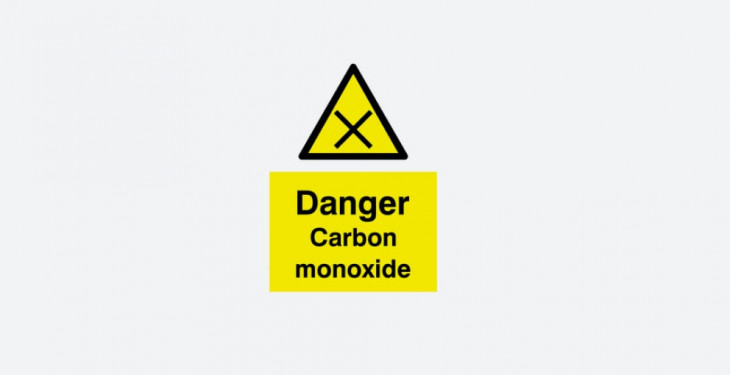Updated: 30th May, 2025

We understand that not everyone is clued up on boiler and heating terminology, but you can rely on us here at iHeat to help explain and simplify all you need to know.
Try a new boiler quote, save up to £340 per year (0% APR available).
In this post we’ll be listing and explaining some of the key terms surrounding domestic heating, so you’re always in the know when it comes to your boiler.
From carbon monoxide to stopcocks, we’ve got you covered, our jargon buster is guaranteed to help you out.
Balancing your radiators involves synchronising the rates in which they become hot, to avoid energy wastage and inefficient performance.
Biomass is organic material that can be burned to produce heat, such as wood chips, pellets, or agricultural waste.
'Bleeding' your radiators involves releasing trapped air to make sure that the radiators in your home are not displacing hot water, making your central heating system much more efficient if you bleed the radiator effectively.
A boiler is a device that heats water or another fluid to provide heating and hot water in a building.
Carbon monoxide is a colourless, odourless gas that is produced when fuels such as gas, oil, or wood are burned. It is poisonous and can be deadly in high concentrations.

Central heating is a system in which heat is distributed throughout a building via a network of pipes and radiators connected to a central boiler.
Combi or combination boilers, combine all components and aspects of a heating system (central heating and hot water production) into one succinct and powerful unit.
Combustion is the process of burning fuel to produce heat in a heating system.
A CP12 is issued in acknowledgment that an annual safety check has been carried out by a gas safe registered engineer on a premises’ gas devices, and provided satisfactory findings.

Efficiency is a measure of how effectively a heating system converts fuel into heat, typically expressed as a percentage. A more efficient system uses less fuel to produce the same amount of heat.
ErP stands for Energy-Related Products and is a way of measuring an energy consuming appliance, such as a boiler’s, efficiency in converting the energy it uses into the desired product, heat for your property and its water.
A Gas Safe registered engineer is a fully trained and qualified gas engineer who is legally licensed under the published Gas Safety (Installation and Use) Regulations 1998 (GSIUR). All registered gas safe engineers should carry and be able to present official accreditation and have a verified and unique ID number.
Flow rate boiler refers to the volume of water that flows through the boiler in a specific amount of time, typically measured in litres per minute.
A boiler flue is a pipe or duct that carries exhaust gases produced by a boiler outside of a building. These gases are the byproduct of the combustion process that occurs in the boiler and can be harmful if not properly vented. The flue ensures that these gases are safely and efficiently removed from the building, preventing potential health hazards and damage to the boiler.
A heat pump is a device that transfers heat from one location to another, typically from outside to inside a building, to provide heating. Heat pumps can be air source or ground source.
HVAC stands for Heating, Ventilation, and Air Conditioning, and refers to the systems that provide heating, cooling, and air circulation in a building.
A radiator is a heat exchanger that transfers heat from the hot water in the heating system to the air in a room.
Regular or Heat Only boilers provide the heat for a home's central heating system and hot water cylinder. A heat only boiler is suited to servicing larger properties with multiple bathrooms/radiators or a business premises with a high water demand.
A smart thermostat offers advanced capabilities of a regular thermostat, including automatic temperature adjustment when you're asleep or away and eco-friendly modes.

System boilers perform best in homes with a high hot water demand, specifically either larger properties with a higher number of residents or properties with two or more bathrooms.
A thermostat is a device that senses the temperature in a room and sends a signal to the heating system to turn on or off.
A thermostatic radiator valve is a type of valve that is installed on individual radiators in a central heating system. TRVs work by sensing the air temperature in a room and adjusting the flow of hot water through the radiator to maintain a consistent temperature.
Zoning is the practice of dividing a building into separate areas, each with its own thermostat and heating controls, to provide more efficient and customised heating.


14th October, 2025
Boiler systems utilise error codes as an internal diagnostic tool. They offer a swift indi...
 Read Article
Read Article

14th October, 2025
There are a few reasons why you might want to drain your combi boiler. For example, perhap...
 Read Article
Read Article

14th October, 2025
Boiler error codes provide essential diagnostics for homeowners and engineers alike, signa...
 Read Article
Read Article